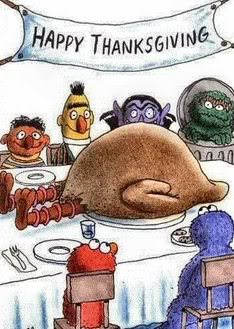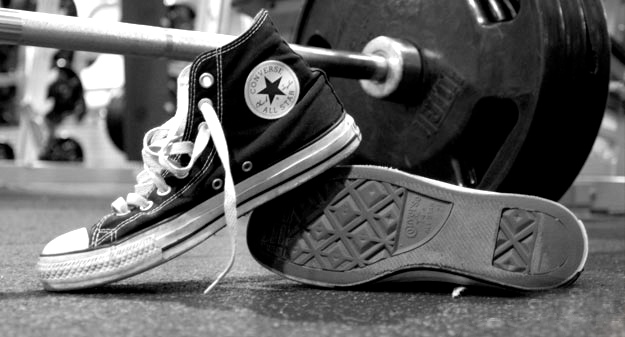When I was in college, I went with my family to Japan, to show them where I had lived in high school as an exchange student, and to act as a translator while we toured the rest of the country.
In Kyoto, we went to a ryokan, a traditional inn that served dinner prepared in a regional style. Apparently, centuries ago, the Emperor had been hunting near Kyoto, and had become incredibly hungry on his way back to the palace. So he had stopped at a local farm, where the farmer cooked the hunted game on a garden hoe atop an open flame. The Emperor loved the meal so much that it became a regular preparation. Today, at some Kyoto ryokan, you can still eat dinner prepared on a large cast-iron plate atop a rolling fire.
My brother and parents and I headed in to such a dinner, where two Japanese women in robes set to work preparing the food, starting by throwing a few large pieces of chicken fat onto the cast-iron plate, as grease in which to cook. As I’ve written before, my mother has very strong ideas about food safety, and I could see her visibly cringe as those chunks of potential death by salmonella coasted around the plate. The women started cooking the first few items – vegetables, pieces of steak. Then, just before they served those items, they tossed on a few additional pieces of chicken fat. This, it turned out, was too much for my mother; raw chicken bumping against the cooked pieces tripped over her already pushed disgust limit. With little fanfare, my mother told us that she couldn’t possibly eat the food, got up, and left the restaurant.
The Japanese women looked stricken by my mother’s sudden disappearance, clearly considering mutual suicide as the only way to recover the honor of the meal. So, in my best Japanese, I tried to explain that the food looked extremely delicious, and that my mother had most certainly wanted to try it, but that she was feeling very jet-lagged after our long trip from the US. Doubting as the women seemed of my story, it apparently provided just enough cover to allow things to proceed. And proceed they did, with course after course after course served up for my brother, my father and me.
Had we each just been eating a single person’s serving, the meal would have been extremely substantial. But with us splitting my mother’s portion, too, it verged on ridiculous. We ate and ate, trying our best to show appreciation for the food. But, after a while, my father and brother bowed out. They couldn’t keep eating, they told me. There was just no way. So, in turn, I explained to the women that the meal was one of the most wonderful we had ever eaten, was the highlight of our trip to Japan, but that we couldn’t possibly finish.
You don’t want any more?, they asked.
No, I explained. It was truly delicious, but we had eaten as much as we could.
To which they replied: in that case, there’s nothing left but the omelette.
As we looked on in horror, they pulled a dozen eggs from the bottom of the cart, cracked them over the last of the food, and begun to cook the whole thing up in a sort of culinary coup de gr�âce.
I eat a lot of food; enough so that my family calls me the garbage disposal, and will pass the remains of their plates my way at restaurants. But, even so, I can honestly say: I am sure I’ve never been anywhere near that full in my entire life.

